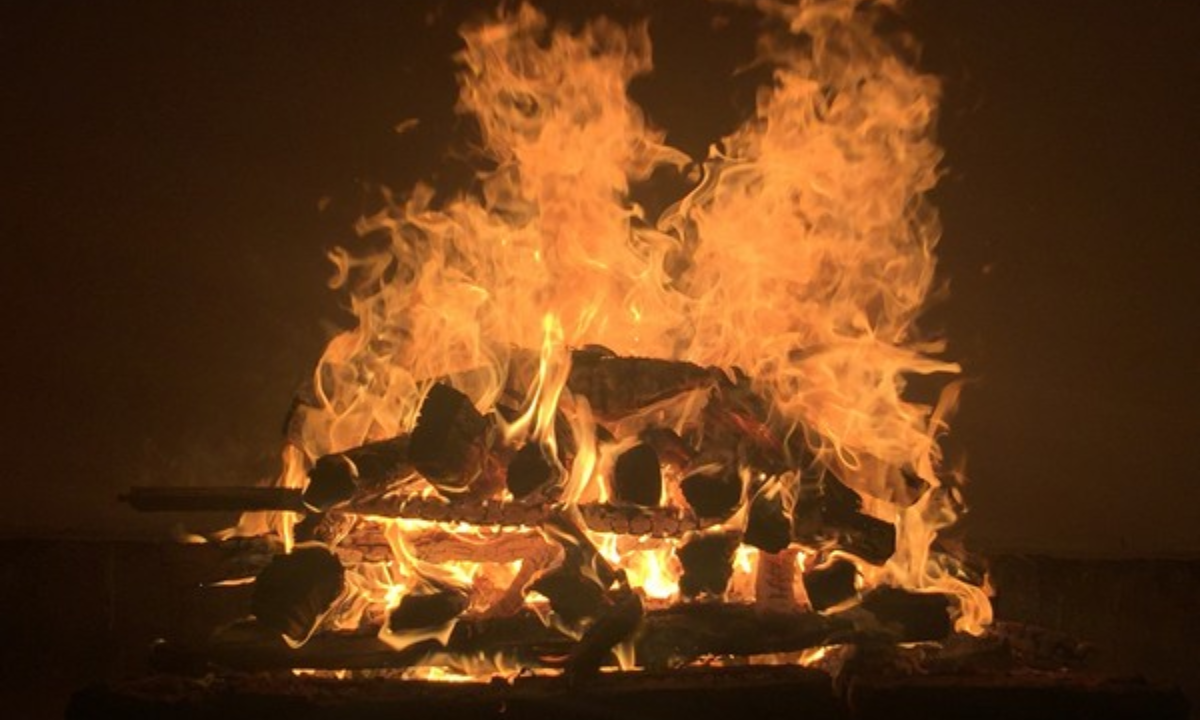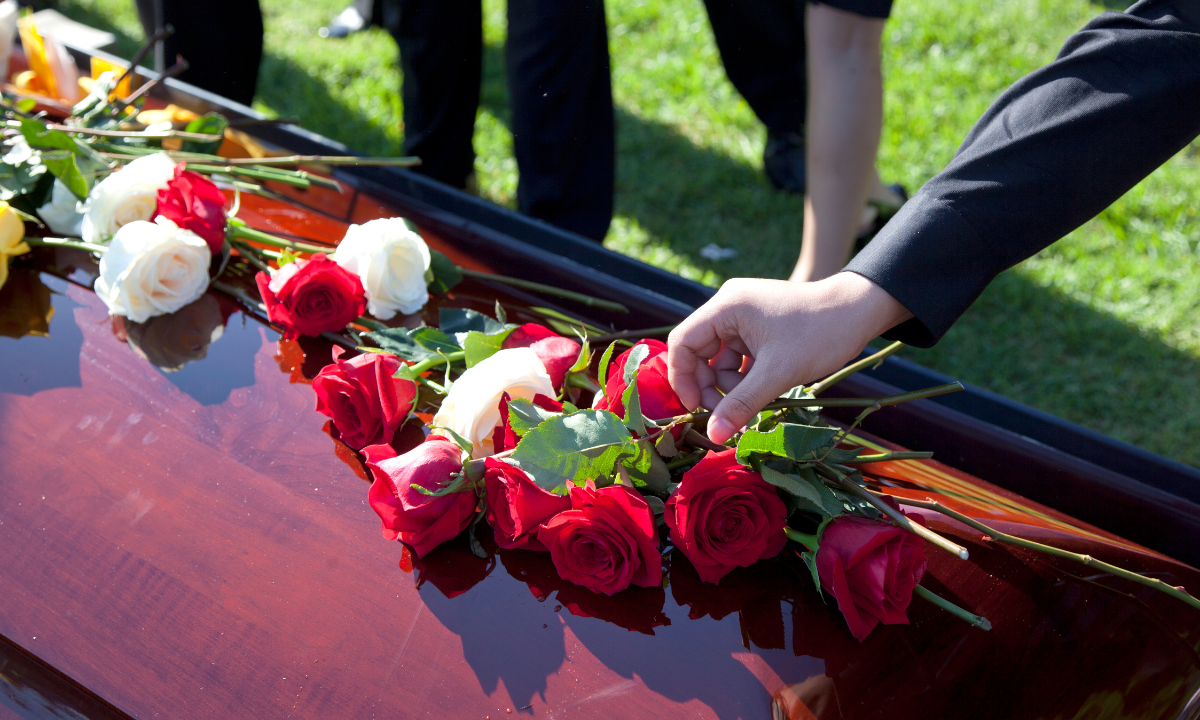Funeral practices in India are deeply rooted in traditions that reflect the diverse cultural, spiritual, and regional beliefs of its people. However, as society evolves and modern influences permeate daily life, many of these practices are undergoing significant transformations.
In this blog, we will explore the changes that have shaped contemporary funeral rites in India, while also highlighting the enduring traditions that continue to provide comfort and connection in times of loss. Join us as we delve into the interplay between tradition and modernity in one of life’s most profound rituals.
Final Rites: Meaning and Importance

It is necessary to understand the meaning of the final rites. These ceremonies can be defined as a set of religious and cultural traditions that are to be passed after a person has died to guarantee their gentle transfer to another world. After death, such rituals are traditionally performed by the nearest relatives and with the assistance of a priest in Hindu families.
Traditional Rituals After Death: The Essentials
After the death of an individual, special procedures are carried out. It starts with a cleansing of the body by bathing it and dressing it in new or clean clothes, then placing it facing the south. This orientation has a spiritual purpose in Hindu practices. Friends and relatives come to respect them by giving them flowers and burning incense sticks. A light is placed beside the dead person, and it is thought to help the soul.
Chants are performed during the prayers, and the oldest son or nearest male family member lights the funeral pyre, a tradition that has been continued. This is an ending and a beginning because fire is considered an agent of purification.
Service and Cremation: New Trends
Normally, there is cremation during Hindu funerals, whereas Christians, Muslims, and others have burials. Religious beliefs are very much involved in the decision of service and cremation. The Hindu cremations take place on a cremation ground such as the Harishchandra Ghat Electric Crematorium.
Wood was used in all cremations in the past. Today, electric crematoriums such as the Harishchandra Ghat electric crematorium are catching on, especially in answer to increased urbanization and eco-friendly alternatives. Most families in urban areas were used to electric service and cremation due to the ease with which it is managed, and doing away with the debris of the traditional pyre cremation, which is deposited in rural areas.
In Muslim and Christian funerals, a burial is common, and it is possible to find a Hindu cemetery in cross-religious cities, where each community has its own space. The changing landscape is exhibited in cemeteries and cremation grounds that in the past were situated on the outskirts of a city, and nowadays, are enclosed by urban development.
The Nature of Post-Funeral Ceremonies and What They Mean
However, the rituals are not complete with the cremation or burial. Most Hindu families practice a day called Terhavin, on the thirteenth day of a funeral. This is the end of the mourning period, and prayers are offered to the dead and exchanges made to the Brahmin priests or the poor. This ceremony captures the final rites definition meaning: to pay respect to the deceased and other people and make sure that the soul has reached its destination. Such rituals after death are part of the process of releasing the soul from its earth-bound connections.
In the same manner, Christian families, Sikh families, and Muslim families each have their commemorative services, and their own traditions and faith practices, although with the common purpose of remembering, praying to, and blessing the departed soul.
Contemporary Innovations of the Indian Funeral Traditions
Logistical changes and changes due to technology are the most apparent to alter Indian funeral practices. The cities now have electric crematoria and hearse vans. Families in Bangalore and other metros can approach organized funeral service providers, where the families can order all the services of the coffin, priests, and even flowers.
Cremation or burial has also been affected by the city restrictions. There is also a possibility of traditional funeral grounds being displaced in favor of multi-use buildings in urban areas, which can sometimes give way to dedicated areas such as a Hindu cemetery to ensure funeral holders who seek to have a traditional event in a city center, have one.
The other significant alteration is the growing involvement of women in the Indian funeral rites. Women have traditionally not been allowed to enter the cremation ground, and that is beginning to change slowly, particularly in the metros, with families finding more obituaries wishing to embrace the goodbyes.
The Role of Community and Support System
Neighbors and extended family members previously managed the process, making sure that all traditions and rites were followed. Today, due to the metamorphoses of social networks into nukes, professional funeral services in Bangalore and beyond have intervened to fill the void. These agencies are aware of the sensibilities of both the traditional and the modern-day needs and provide a mix of both the old and the new.
Meanwhile, it is also possible for religious organizations to provide guidance, namely in the matter of space allocation at a Hindu cemetery or reservation in a crematorium. These touchpoints alleviate the feeling of continuity and belonging to the roots among many.
A Few Things That Remain the Same
In spite of modernization, the spirit behind the reverence, respect, and remembrance involved in every Indian funeral has not changed. It can be as large a ceremony as in the case of a national event or as small as a family gathering, but it is all about commemorating the dead and helping the bereaved. The lamp burning, the chanting of the prayers, the presence of the family, and finally, rites being performed, these centuries-old traditions remain to provide some relief to the bereaved and to provide hope to those who have survived.
Even today, rituals after death, performed either at home or in a crowded urban area, in a rural village, are indicative of the same heritage that connects the generations of people.
Conclusion
Indian funeral practices are fast changing, and there is no doubt that the modern transformation of the landscape has been shaped by urban life, technology, and dynamic social roles. However, in the bottom line, the meaning of final rites never fades out as a passage between the living and the ancestors’ land. After death, rituals of service and cremation, and memorial observance carry the family through their loss in an Indian blend of custom and innovation.
That it is not merely change, but strength: the power to bring old-age customs into a new era without diminishing the same, is demonstrated today in the decisions of a traditional pyre at a riverside, a modern electric version at Harishchandra Ghat electric crematorium. In this tender contrast of what has altered and what endures, in this displacement and this figure of preservation, the central dignity of human life and death subsists, as strong and as strenuous as ever.
Kaashimukthi also provides funeral services in Bangalore, where families can receive the necessary support at their most difficult times.

Madhu is an Entrepreneur, a Mentor, a Writer and an Aspiring Car Race Driver. He is Deeply passionate about leveraging Technology and Human Centred Design to make complex care and End of Life Planning easier. With the ultimate aim of Improving the quality of Life in the Twilight years. Madhu is highly educated and Alumni of IIM-Bangalore, Sikkim Manipal University and Bangalore University besides a Rich Industry Experience in the field of Product Management, Design, Supply chain, Finance, Commercial Management and Funeral Services.

